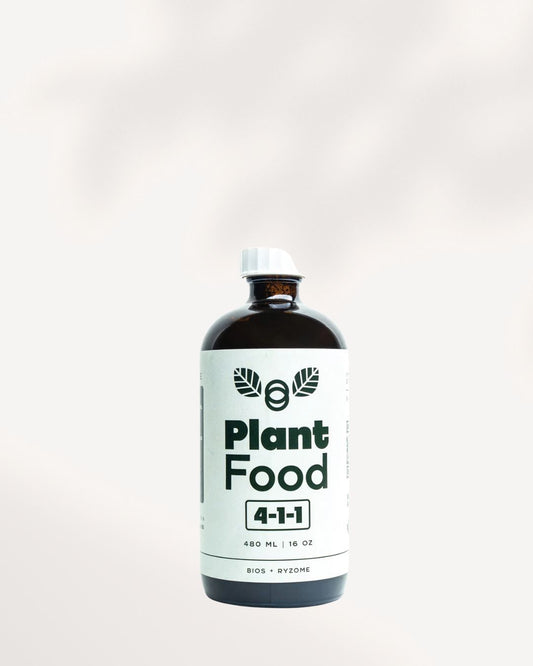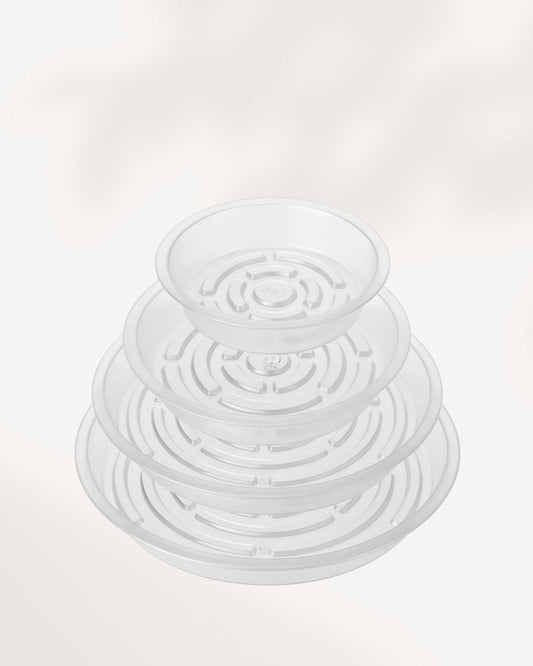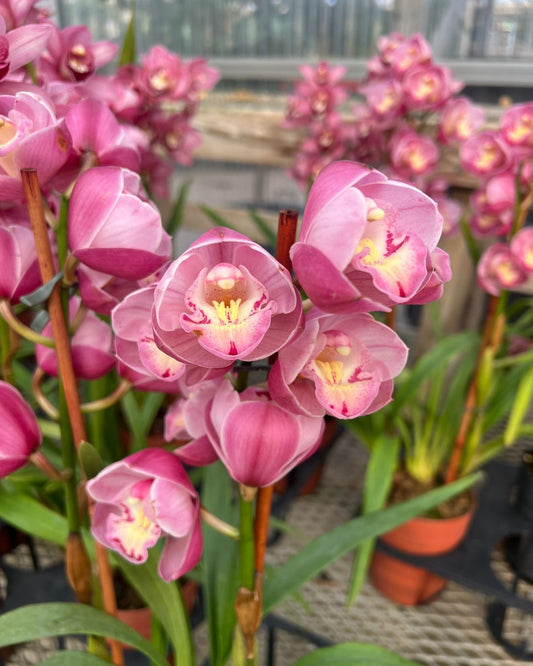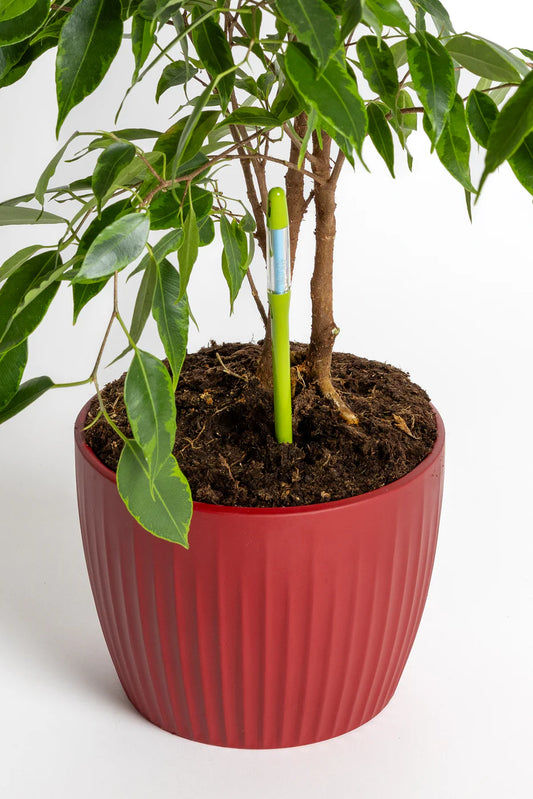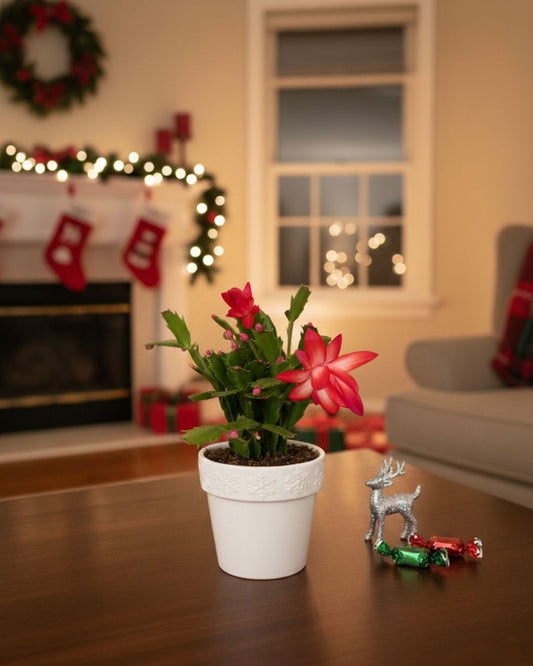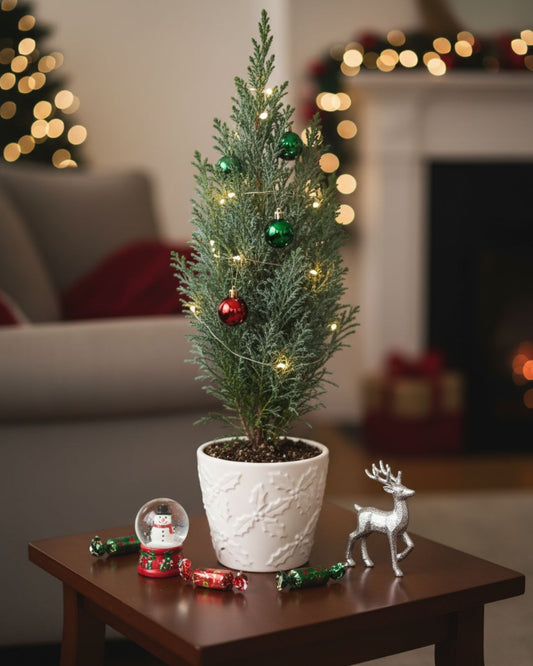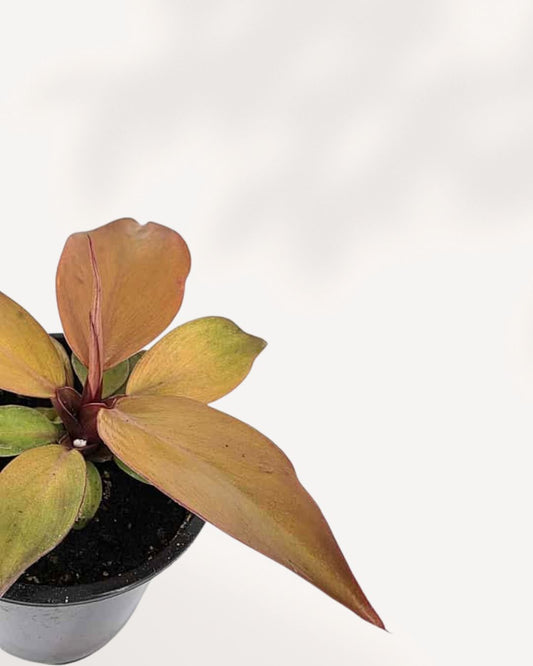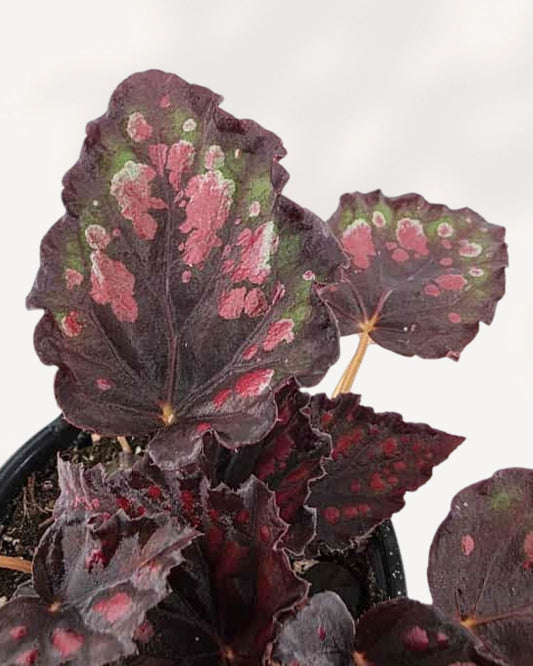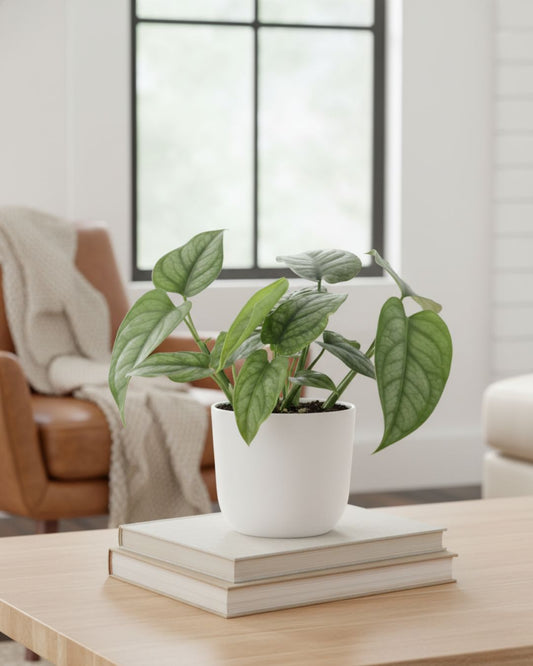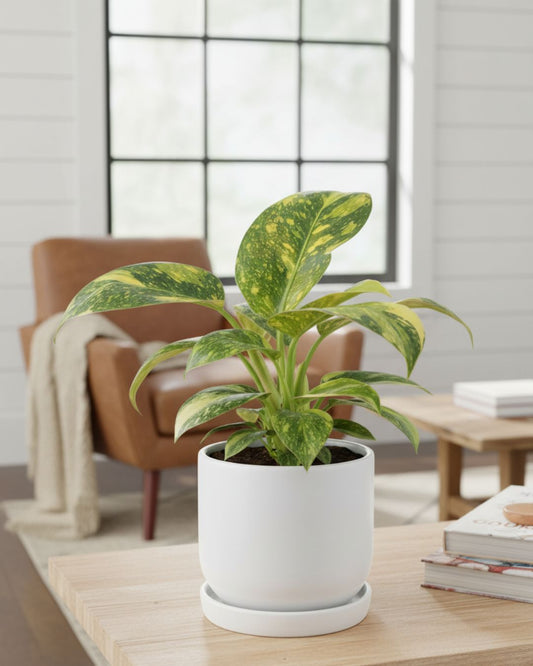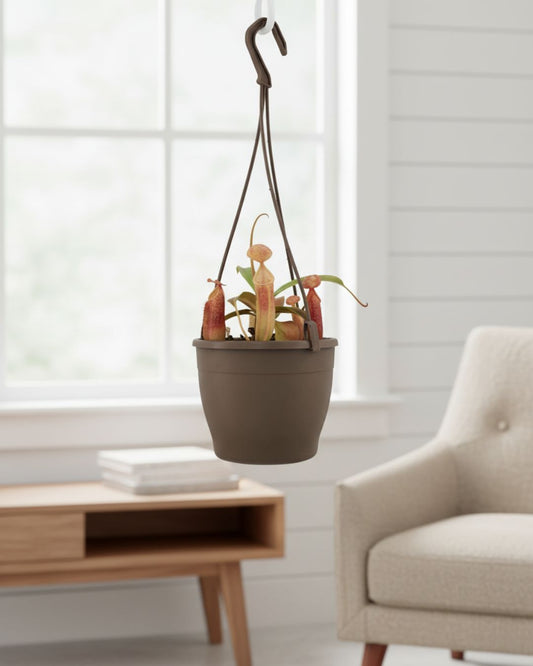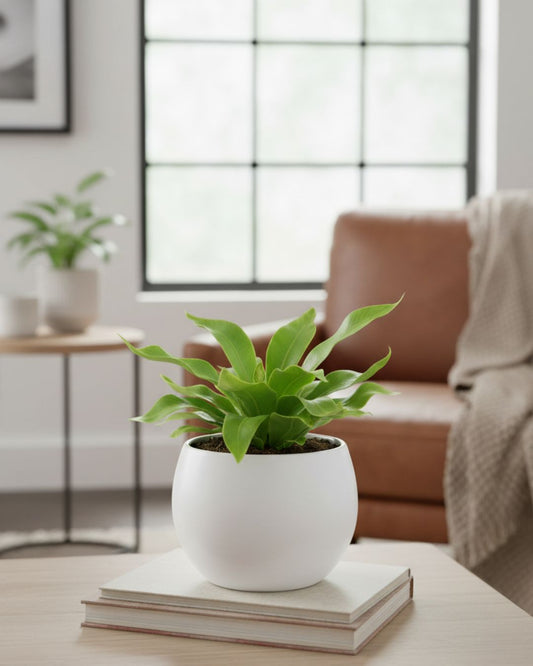How to care for Hawaiian Ti Plant
| Back to Library |
Quick Care Overview
| Care Aspect | Details |
|---|---|
| Light | Bright, indirect sunlight; can tolerate partial shade. Learn More |
| Water | Keep soil evenly moist but not soggy. Allow the top inch of soil to dry between watering. |
| Soil | Well-draining potting mix with peat and perlite. Shop Potting Mix |
| Temperature | 65–85°F (18–29°C); protect from drafts and cold temperatures. |
| Toxicity | Mildly toxic to pets if ingested. |
Hawaiian Ti Plant Care Guide | Growing, Watering, and Propagation Tips
Learn how to care for your Hawaiian Ti Plant with expert tips on watering, light, soil, and propagation. Perfect for adding vibrant color and tropical flair to your indoor space!
Common Names
- Hawaiian Ti Plant
- Cordyline Fruticosa
- Good Luck Plant
- Tropical Ti
Native Habitat
The Hawaiian Ti Plant is native to Southeast Asia, Papua New Guinea, and parts of Polynesia. It thrives in warm, humid environments and is often grown as a decorative houseplant in cooler climates.

Uses and Popularity
The Hawaiian Ti Plant is loved for its vibrant, colorful foliage that ranges from green to deep red and pink. It is widely used as an ornamental plant indoors and outdoors, symbolizing good luck and prosperity in Hawaiian culture.
Hawaiian Ti Plant Care Guide
Light Requirements
Bright, indirect sunlight is ideal. Too much direct sunlight can scorch the leaves, while too little light can dull their vibrant colors. Learn more about light requirements.
Watering Needs
Keep the soil consistently moist but not waterlogged. Water when the top inch of soil feels dry to the touch. Avoid letting the plant sit in standing water.
Soil Preferences
Use a well-draining, peat-based potting mix. Adding perlite or sand can improve drainage. Shop Indoor Potting Mix
Temperature & Humidity
The Hawaiian Ti Plant prefers warm temperatures (65–85°F) and high humidity. Mist the leaves regularly or use a humidifier to maintain moisture in dry environments.
Fertilization
Feed monthly during the growing season (spring and summer) with a balanced, water-soluble fertilizer. Reduce feeding in fall and winter. Explore Natural Fertilizers
Pruning & Maintenance
Trim any yellow or damaged leaves to encourage new growth. Wipe the leaves with a damp cloth to keep them dust-free and shiny.
Propagation Tips
Stem Cuttings
Propagate by cutting a healthy stem and placing it in water or moist soil until roots develop.
Division
Divide the plant during repotting by separating rooted clumps and replanting them in fresh soil.
FAQs
How often should I water my Hawaiian Ti Plant?
Water when the top inch of soil feels dry, but avoid letting the soil completely dry out.
Why are the leaves turning brown?
Brown leaf tips often result from low humidity or fluoride in tap water. Use filtered or distilled water and increase humidity.
Can the Hawaiian Ti Plant grow in low light?
While it can survive in low light, the colors will be more vibrant in bright, indirect light.
The Positive Impact of Plants
-
Plants and Healing
Working with plants soothes the mind. It feels calming and healing, offering a peaceful break from daily life.
-
Plants for Recovery
Being around plants can speed up healing from sickness, making you feel better quicker in a natural way.
-
Plants and Work
Plants in your space may make your work better and faster, enhancing focus and creativity during tasks.
LETTING CUSTOMERS SPEAK FOR US!
Shop by Feature
FAQs for Plant Delivery in Ontario & Quebec
What types of house plants do you offer for delivery.
We offer a wide variety of houseplants for delivery. Here are some of the popular options: Aglaonema, Alocasia, Calathea, Hoya, Monstera, Palm, Peperomia, Philodendron, Pothos, Sansevieria Snake, Syngonium, Tradescantia.
What is the lifetime support?
All plants purchased from our store or through our workshops come with lifetime support. This means that whenever you have questions or concerns about your plant, we're here to help. Whether you're unsure about your plant's health or need advice, we can assist in identifying problems, answering your questions, and potentially saving your plant. Feel free to reach out to us on Instagram @mygreenscapeto or via email at support@mygreenscape.ca.
Where do Mygreenscape plants come from?
Our plants embark on a journey from various greenhouses across Canada. We prioritize short delivery routes to ensure your plant arrives happy, healthy, and full of vitality.
Do I have to repot my plants once they arrive?
Absolutely not! When your plant arrives, give it time to settle into its new home. Place it in the desired spot, and let it acclimate for about two weeks.
Favorite in our plant shop
-
Liquid Plant Fertilizer
Regular price From $30Regular priceUnit price per -
Plant Saucer
Regular price From $2Regular priceUnit price per -
Cymbidium Orchid
Regular price $89Regular priceUnit price per -
SUStee Soil Moisture Indicators
Regular price From $12Regular priceUnit price per -
Christmas Cactus
Regular price $12Regular priceUnit price per -
Ellwoodii Cypress
Regular price $18Regular priceUnit price per -
Philodendron 'McColley's Finale'
Regular price $15Regular priceUnit price per -
Begonia Rex 'Harmony Stained Glass'
Regular price $15Regular priceUnit price per -
Monstera Siltepecana
Regular price $15Regular priceUnit price per -
Philodendron Green Congo Nuclear
Regular price $45Regular priceUnit price per -
Nepenthes Sanguinea Pitcher Plant
Regular price $35Regular priceUnit price per -
Cobra Fern
Regular price $18Regular priceUnit price per
MyGreenScape is your go-to online shop for indoor plants in cities Ontario or Quebec, including Toronto, Montreal, and many more. Our mission is to add joy to your home, one leaf at a time. Explore our range of beautiful, air-cleaning plants from the comfort of your home. You can find beautiful indoor plants, pots for plants, garden tools, and hanging basket plants all in one spot. Our mission is to add joy to your home, one leaf at a time.
Buying plants online with us means no more carrying heavy pots or figuring out how to get big plants home. We deliver straight from the gardener to you, with eco-friendly packaging, across Ontario and Quebec. Expect your new green friends within 2-7 days.
Why choose MyGreenScape? Here’s why:
- Lifetime Support: We’re here for you always. Get all the help you need for your plants to flourish.
- 30-Day Happy Plant Guarantee: Not happy with your plant? Tell us within 30 days, and we’ll fix it.
- Easy Delivery: Fast, direct to your doorstep in Ontario or Quebec.
Hear from a happy customer, Sarah T.: "Buying plants was never easier. Quick, simple, and with great support from MyGreenscape."
Ready for easy, stress-free plant shopping? Visit us now and make your home greener. Join MyGreenScape for a hassle-free way to bring nature inside.



















